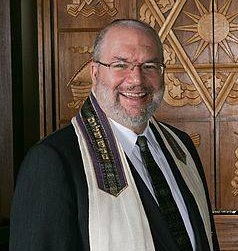
The Logo of the Jewish People
All of Jewish theology can be summed up in this week’s sedra, Beha’alotecha. After many weeks of reading about the events at Mt. Sinai, the cloud of God’s glory lifts from the Tabernacle as a signal for the desert journey to resume (Numbers 10:11). That cloud is the key. We first encountered it as the...
read more









